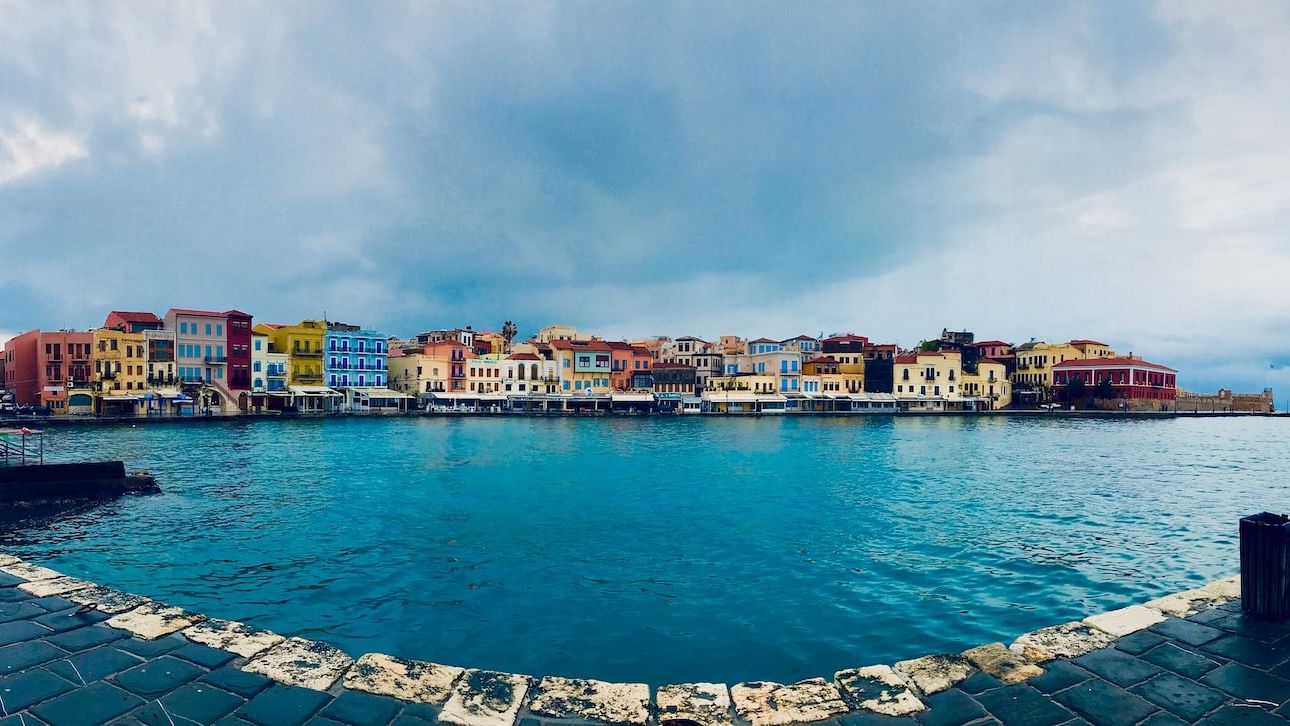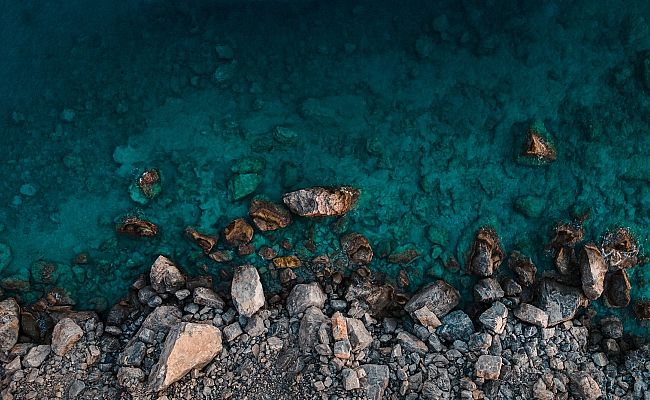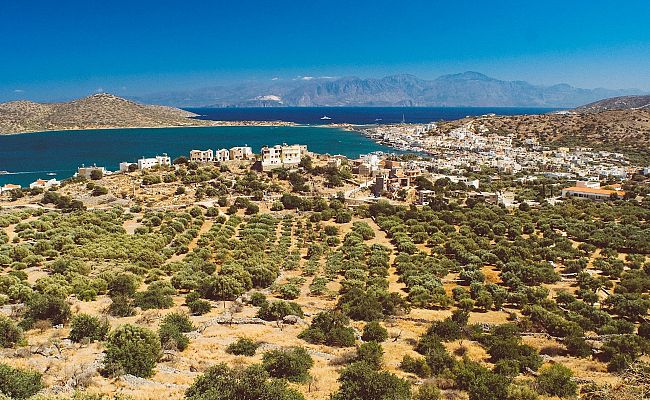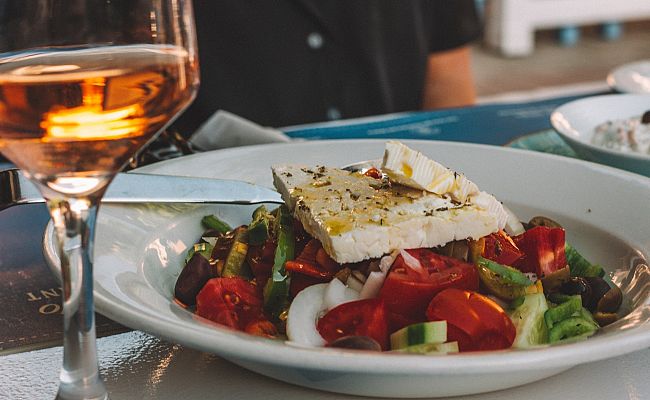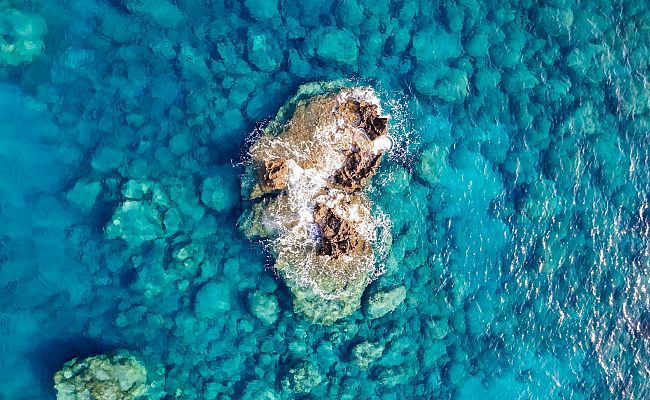Chania is full of surprises. It is a city of flavors and aromas, narrow lanes and bright colors, a crossroads of civilizations and cultures. It is called the most beautiful in Crete. But it is better to see it yourself. First of all, Chania is visited for its sights, many of which have adorned the city for centuries. What to see in Chania on Crete and what should not be missed?
Venetian port
The soul of Chania and the place where all roads lead is the Venetian port. It has always been of great importance for the city: ships were repaired here, goods were unloaded, life was in full swing. By the end of the 19th century, the importance of the port of Chania declined as ships arrived in the deeper harbor of Souda. But for the tourist life of the city, the Venetian port is one of the most iconic places.
Here you can have lunch or dinner overlooking the bay. The port has traditional Cretan taverns and restaurants. From here you can enjoy beautiful views of the Venetian lighthouse - the symbol of Chania. In addition to the lighthouse in the port, you can see other attractions:
- The building of the Turkish baths is one of the few hammams that have been preserved in Chania;
- The fortress of Firkas, built by the Venetians to protect the harbor. Today, the Maritime Museum of Crete operates inside. Its oldest exhibits date back to the 6th century BC;
- Venetian shipyards of the 16th century - a historically valuable vaulted building, built specifically for the needs of shipbuilding;
- The Kuchuk Hasan Mosque is one of the few surviving mosques in the city. Today, temporary exhibitions are held inside.
Agora Market
The municipal market of Chania is called Agora for short. One has only to ask any local "How to get to the Agora?" and he will point to a tall cruciform building built between 1909 and 1913. During the war years, a bomb shelter was organized there, and then part of the building was used by the German invaders.
Interesting fact: Eleftherios Venizelos was present at the opening of the market in 1913
A hundred years after its appearance, the Agora is not just a monument of architecture. This is a working market where all the inhabitants of Chania shop daily. And guests of the city will also be interested here. Under the roof of the Agora there are shops selling spices, cheeses, cosmetics, olive oil, fish, meat, souvenirs, fresh Cretan fruits and fragrant pastries. There are small taverns and cafes in the market, where locals prefer to dine.
Useful information: the market of Chania opens at 8:00 and is open until 14:00 on Monday, Wednesday, Saturday and until 21:00 on Tuesday, Thursday, Friday.
Churches
Not the last role in the list of attractions of Chania is occupied by churches. Mitropoleos Square is dominated by the Cathedral of the Virgin Mary, founded in the 14th century. The Turks turned it into a soap factory, but the city pasha allowed believers to pray at the icon of the Virgin Mary - it was kept in the pantry. The cathedral received its modern look in the 19th century. Today, the three-nave basilica impresses with wall paintings made by the best masters of Crete. Not far from the cathedral stands the Catholic Church of Chania. It is located on the site of a 16th-century Capuchin monastery.
In the Old Town of Chania, in the Splantia area, you can visit the Church of Agios Nikolaos. In the 14th century it was the main religious center for the Venetians. Then the Turks took over the church and rebuilt it into a mosque, adding a minaret. And at the beginning of the 20th century, Agios Nikolaos went to the Orthodox Church. Later, a bell tower was added to it, and today it is the only church in Greece that has both a minaret and a bell tower.
Ancient Kydonia
Everyone who loves Chania and its flavor knows that this city has everything. And even the ruins of an ancient city. Once on the territory of modern Chania, the policy of Kydonia was located. Its location was established only in the 19th century, because by that time most of ancient Kydonia was already under the modern buildings of Chania.
During the Mycenaean and Minoan civilizations, the Kidon people lived on these lands. Nothing is known about the origin of this people and their language. But Homer separated the Kidons from other inhabitants of Crete, including the Minoans and Achaeans.
Today in Chania you can visit the excavation site of ancient Kydonia to see the foundations of the buildings and the layout of the streets. And the finds made by archaeologists are exhibited in the Archaeological Museum of Chania.
Archaeological Museum
On hot days, you can hide from the sun and spend time with benefit in the Archaeological Museum of Chania. After all, this is one of the most interesting and richest museums in Greece. It occupies the building of the former monastery of St. Francis. The exposition of the museum includes collections of ancient vases, weapons, jewelry, figurines, mosaics, architectural fragments, clay tablets with inscriptions, coins, statues, clay figurines.
Many finds come from Minoan tombs and palaces. Basically, the museum presents artifacts from the Chania region: from ancient Kydonia, Aptera, Kissamos, Polyrinia, and also from Lappa (Rethymno region).
Useful information: the museum is open from 8:00 to 20:00 daily, except Tuesday. During the low season, the museum closes at 15:30.
